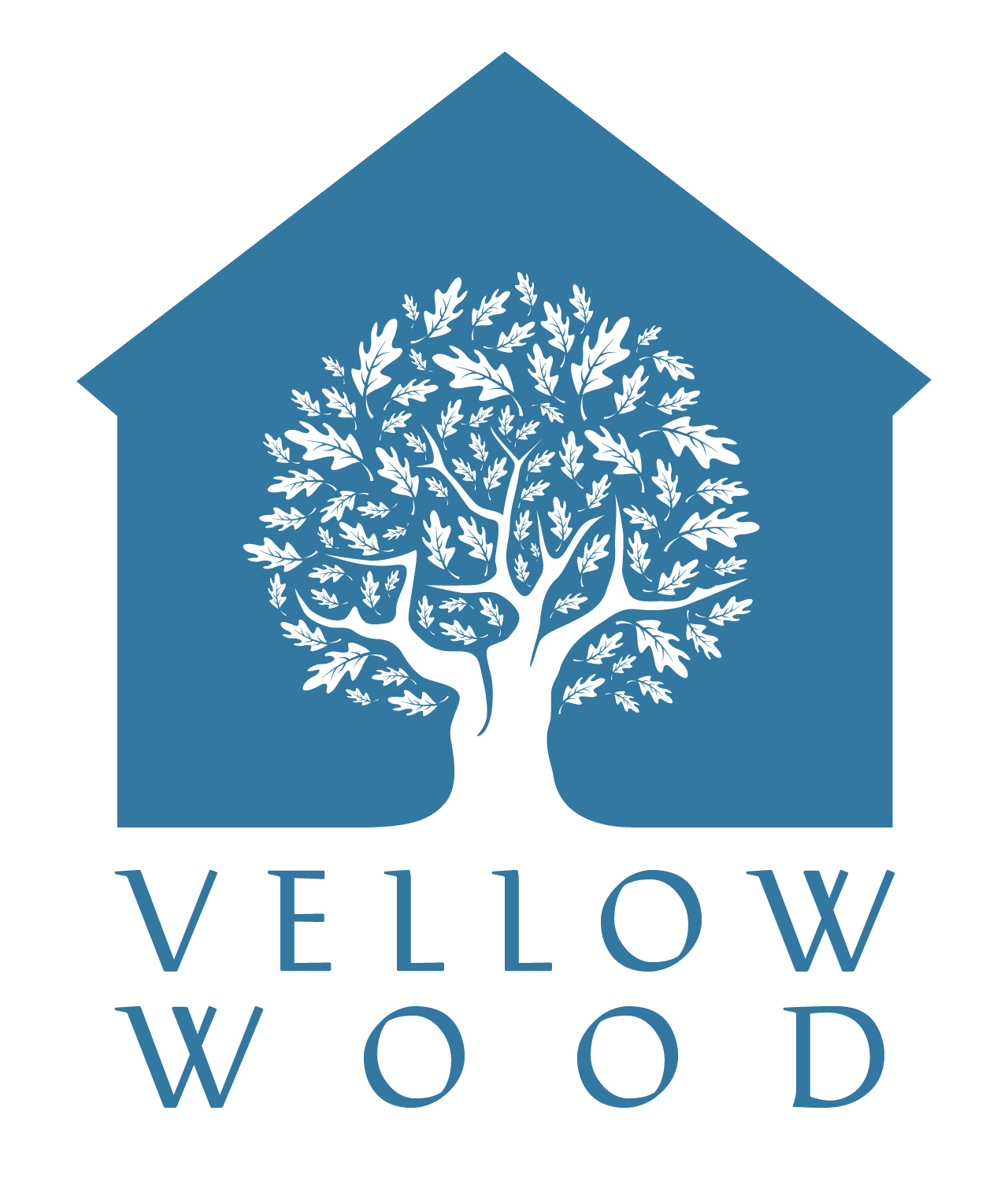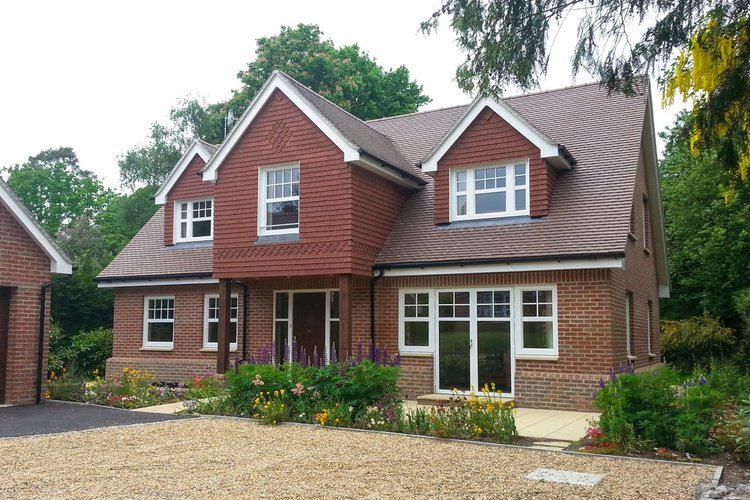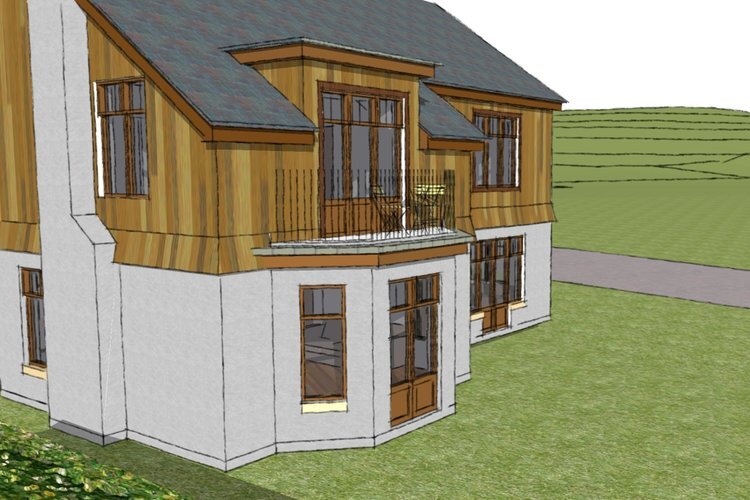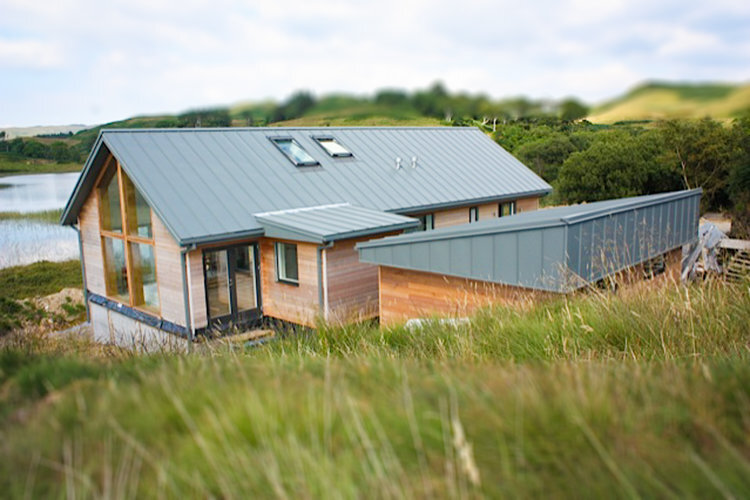Guide to Building Your Own Home in Scotland: Feasibility
So you're thinking about building your own home in Scotland. How should you begin to explore if your UK self-build project is possible?
Chartered Architect and self-build Scotland expert, Philip Benton, explains:
The first stage in any construction project is known as ‘Feasibility'. This is the process to determine the key factors that most often limit the build. These are:
The place it will be built,
How much it will cost, and
The legal constraints of Planning Permission.
These are all fields with their own complexities but it's relatively easy to see your self-build project through the general principles of each one to check that there aren't any hurdles to trip up your plan.
Feasibility for a self-build project breaks down into:
Plot
Finding Land to Build Your Own House, Scotland
Finding a plot for building a house in Scotland or the wider UK is the most constrained part of self-building your own home, and will determine many aspects of the overall budget and house design, so it’s important to start here before you do anything else.
The availability of self-build plots for new houses is often much less than completed homes for sale, but this varies hugely by location. Closer to larger cities like Glasgow, demand for plots significantly outstrips supply. In fact, for most of the UK, particularly those areas near or within cities, locating a suitable self-build plot for a new home is challenging due to restrictive planning policies and high demand.
However, in more rural or remote areas potential self-build plots abound in number. For example, in the Scottish Borders finding a plot to build your own home is relatively straightforward. Prospective buyers can consult estate agents' websites or platforms like Rightmove to view available plots, with new ones frequently entering the market.
The Rise of Self-Builds in Scotland
The post-pandemic boost in remote working has increased relocation to rural areas, causing property prices to rise and making building your own house in Scotland a more appealing choice. However, countryside planning restrictions can still make plot hunting challenging.
While estate agents can help in more available areas, tapping into local insights via community engagement, local Facebook groups, and connections can help you uncover plots even before they’re publicly listed.
Understanding Local Planning Policies
If you’re planning on self-building a house in Scotland, you can also enhance your plot search by exploring local planning policies, often outlined with the 5-year Local Development Plan on authority websites. These insights into housing and self-building policies can inform your approach and, if a plot has existing planning permission, guide potential redesigns.
Planning Permission and Speculative Land Purchase
For example, in regions like the Scottish Borders, the planning policies allow countryside settlements to expand by a set percentage each 5 years, (limited by geographical markers). Knowing this allows you to pinpoint areas adjacent to settlements that don’t currently have planning permission, but could do in future, enabling you to discuss a possible land purchase with local landowners before it’s listed for sale publicly.
However, be cautious when looking at any land that does not yet have permission; since it isn’t assured, refrain from making concrete offers right away, but consider making any offer ‘subject to planning permission’.
If you'd like to build your own home in Scotland, read our blog about assessing the suitability of your self build plot to learn more about what type of land you can build on and other essential information.
Budget
What is the Cost of Building a House in Scotland?
Building your own home involves various costs: plot (land purchase), construction costs, and other miscellaneous expenses. Here's a breakdown of self-build Scotland costs across the whole process:
Plot Acquisition:
The cost to build a house in Scotland begins with the initial cost of purchasing the land. Properly budgeting for the land purchase is essential as it is one of the first steps in the self-build process.
Other Self Build Costs:
Here are some ‘other’ costs associated with building your own home, not directly involved in building the house:
Legal Fees:
Fees for purchasing the land for your self-build house in Scotland.
Developer Contributions:
Often called Planning Gain, these fees are payable to the local planning authority and are intended to fund local infrastructure and facilities. They are listed in your plot’s planning permission document. They can fluctuate based on elements like school zones. For instance, if you’re looking to build your own home in a sought-after school’s catchment area, you might need to contribute to its infrastructure. These fees are adapted to specific, local demands.
Building Warrant Fees:
Fees for obtaining a building warrant which is necessary for ensuring construction of your new home is compliant with building regulations.
Services Connections:
Connections to provide electricity, gas, water, sewerage, and telecoms to the house. Costs vary depending on how far the house is from existing infrastructure.
Professional Fees:
Architects, structural engineer(s), site investigation or testing of the ground, planning application or building warrant fees, and any warranty that you or your self build mortgage provider may require.
Additional construction costs:
Items not included in the house itself, such as external works like garden landscaping, fencing, driveways (which can be a big cost on their own, especially if it’s a long distance to the nearest road). You should also take into account fit-out items for your new home like décor, flooring, appliances, shelves or other fittings.
VAT:
While many construction elements are VAT-free, some, like professional fees, décor, and appliances, aren’t. You might pay VAT upfront on certain items and later claim it back from HMRC, or your builder may exclude it.
For insights on self-build VAT nuances, specialist Andrew Jones offers valuable resources on YouTube. Consult the HMRC website for detailed VAT arrangements for new-build homes.
Build Cost:
By far the biggest cost item will be the build cost for the house. Every property is different, and the build cost can depend on small details and larger factors like the house design and building materials.
A qualified Quantity Surveyor can help plan and estimate costs once you’ve decided on a house design, but at the feasibility stage a budget cost estimate can be formed by combining the floor area of the house by a rate per square metre.
Estimating Floor Area with Kit House Designs
To estimate the floor area you’ll need when building your own home, consider looking at some sample designs provided by timber frame or kit house manufacturers. These won't directly fit all of your requirements (or the limitations from your local Planning Department) but they will give you a good idea of the amount of space you will need for your family and lifestyle.
Look for a ‘gross internal floor area' (GIFA) as this is different from other area measures. This approximate area can be multiplied by a square metre rate. The rate will vary depending on the type of construction, and most importantly the location of your plot. An example rate can be found at Home Building & Renovating.
Understanding and Obtaining a Self-Build Mortgage, Scotland
Self-build mortgages differ from standard mortgages and require specialist knowledge. Engaging an experienced mortgage broker early on in the self build process can provide crucial guidance on the available products and structures.
If opting for a mortgage for your new build, ensure you obtain a structural warranty, an additional budget cost. Additionally, you should confirm that your structural warranty is recognised and accepted by your mortgage provider. Early discussions with a self build mortgage advisor can clarify borrowing limits, technical requirements, and other pertinent details, ensuring you're well-prepared from the outset.
Considering Construction Options & Building Materials
Build your own house Scotland: we designed this beautiful hillside home in Argyle using an innovative, specialist solution.
In the early stages of your self-build project, it's worth thinking a bit about the construction methods you might pursue to build your own home once the feasibility phase is complete. Options range from timber frames and traditional brickwork, to structural insulated panels (SIPs) and Insulated Concrete Formwork (ICF).
Typically, mainstream building materials or systems, like timber frames, offer a broader choice of tradespeople, facilitating competitive pricing and more flexibility in suppliers. As such, leaning towards standard options when building your own home can be the simplest and most cost-effective route.
Incorporating Specialised Solutions into your Build Process
It’s worth noting that specialised systems such as ICF can suit specific scenarios when building your own home requires a more innovative and non-standard house design solution.
For example, we designed a hillside home in Argyle where the first floor used a hybrid concrete and polystyrene system. This was assembled on-site in lightweight parts and cast in place, overcoming the remote location’s access challenges.
If you’d like your self-build project to have an emphasis on sustainability, the environmental impact of your chosen building materials may be an important consideration too.
Please note, if you're considering a specialised system for your own home build, keep in mind that some of these can present mortgage challenges, so check these with your broker and warranty provider.
Finally, although early consideration of approach is beneficial, strategic decisions are the primary focus of the Feasibility phase. Precise decisions on technical details can happen in subsequent, technical design phases.
Build Route
As you begin your journey with self-building, consider the build route that aligns best with your vision and commitment and evaluate how involved you would like to be in the whole process.
Do you want to be hands-on, managing every detail, including the selection of building materials, or is a more hands-off approach preferred? Broadly speaking, there are three options available for your self-build in Scotland:
1) Engage a main contractor who manages the entire build, offering a more hands-off experience;
2) Hire tradespeople and oversee each aspect yourself, facilitating cost savings but necessitating a significant time investment and substantial attention to detail;
3) Delve into hands-on self-building by completing certain tasks yourself based on your skills and experience.
While many self-builders opt for a combination, it's important to decide early on as it will influence both cost and construction strategy.
Planning Permission to Build Your Own Home, Scotland
With a plot in mind, and an outline budget for purchase, build, and other items, the next step is to look into Planning Permission for your self-build project in Scotland.
Some plots come with either outline (planning permission in principle) or full / detailed planning permission already in place, indicating that a home can be built on the site.
While outline permission indicates potential for a build, it doesn’t detail the house design, and constraints may follow. In contrast, detailed planning permission specifies the approved house design but can also be revisited.
Note: some self-build mortgage lenders may insist on following the pre-approved house design. To avoid financial constraints, consider buying the land first and securing a mortgage only for construction.
Considering a plot without planning permission in Scotland? Firstly, check with your local Planning Department to see if they're likely to grant permission to build your own home by sharing a site plan and photos with them. Some departments offer free initial advice, but charges may apply. For assistance, consider hiring a local architect. In complex cases, a planning consultant can provide expert guidance and ease the application process.
Confirming Feasibility
So you've a chosen plot, approximately assessed the build cost with an outline budget and have planning advice in place, marking significant progress in the whole process of building your own house. Congratulations! You’ve determined that self-building is feasible in principle.
What happens next?
The feasibility process determines the general principles of your self-build in Scotland. Next you need to look into the specifics of plot and build, starting with appraising your plot.
Read our Guide to Plot Appraisal for more details on how to find a suitable self-build plot and how to assess its suitability for building your own home.
Thinking about self-building? If you have questions or need advice from an architect, please visit our contact page or call 0845 508 2823.
For more practical advice about working with an architect, please read our Homeowner Guides: How to Choose An Architect and How Much Should an Architect Cost?
Self Build Case Studies:
This article is intended as general advice only, and should not be relied upon for key decisions without taking professional advice specific to your project.











